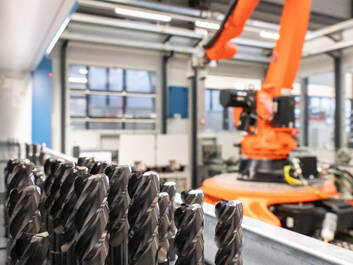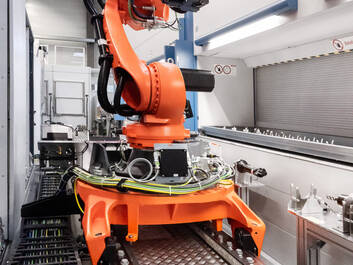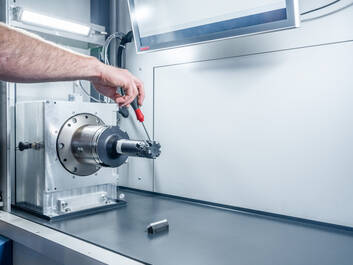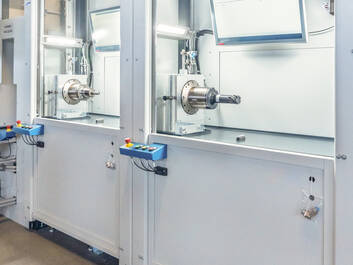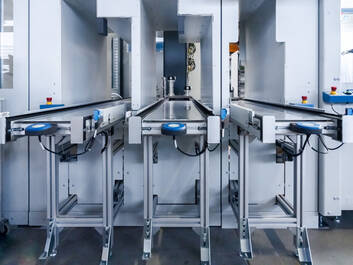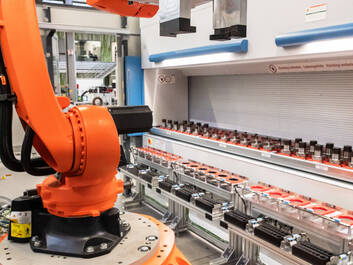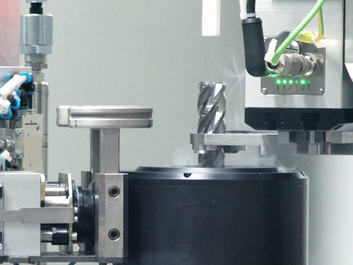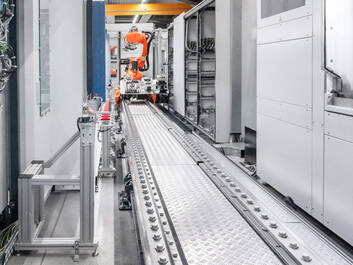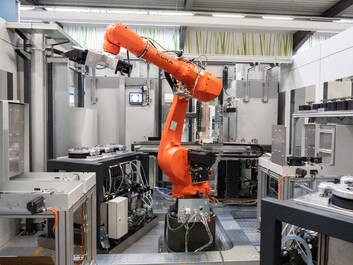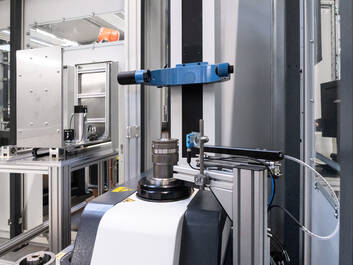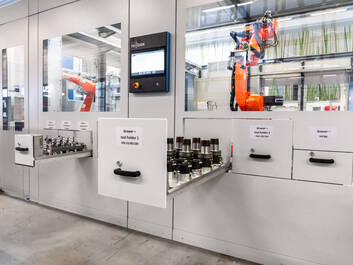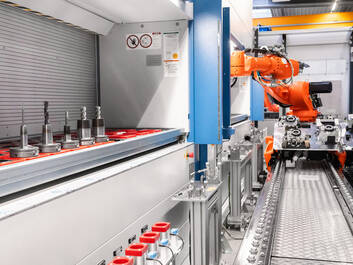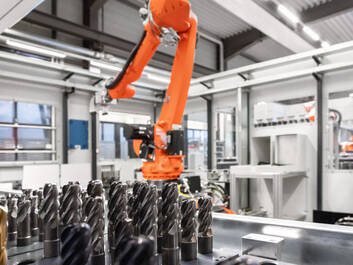BAUMANN toolbox
FULLY AUTOMATED TOOL PREPARATION
In many manufacturing companies, loading and unloading of shrinking and measuring devices, storing and retrieving tools, as well as feeding tool assemblies to the machine are still done manually.
This approach is labor-intensive, leads to high operating costs, and complicates planning. In addition, personnel-related risks of downtime, quality fluctuations, and the increasing shortage of skilled workers pose further challenges to stable production processes.
Automated tool handling can significantly increase productivity, reduce errors, and sustainably lower costs.
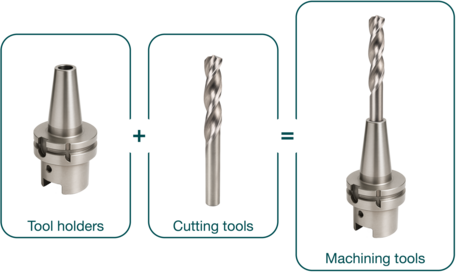
Lower operating costs due to reduced personnel requirements
Elimination of quality fluctuations caused by manual intervention
No misplacements or incomplete documentation
Reduced number of tools through centralized coordination
Less effort in personnel coordination and shift planning
Increased resilience to the shortage of skilled workers
TOOL|BOX 300 BASIC
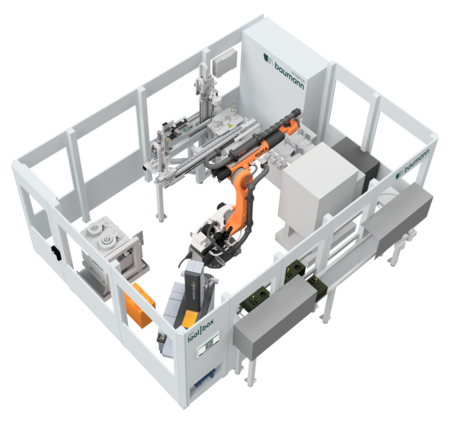
Configuration Example tool|box 300 Basic
- Up to 300 tool changes per day
- HSK holders: HSK63, HSK100
- Tool Identification: RFID or DMC
- Expandable with storage lifts for the storage of tools, fixtures, and tool assemblies
Can be adapted to customer-specific requirements (e.g. number of tool changes, range of HSK sizes, etc.) as well as specific local conditions.

1. Workpiece carrier for manual loading and unloading of tools and HSK holders
2.
Shrinking station
3.
Cooling station
4.
Measuring machine
5. Cleaning system (spray cleaning with filter and oil separator)
TOOL|BOX 300
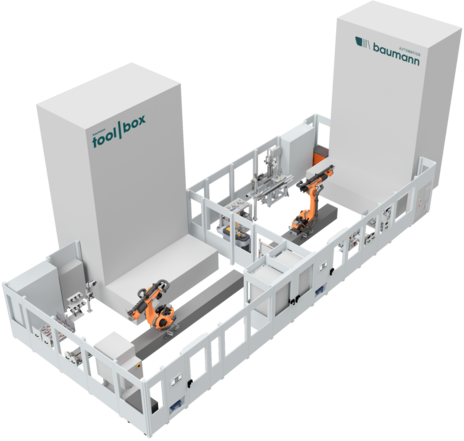
Configuration Example tool|box 300
Up to 300 tool changes per day
HSK holders: HSK63, HSK100
Storage locations for tools: 6,000
Storage locations for holders: 1,000
Storage locations for tool assemblies: 1,300
Access points for 2 transport trolleys
Database management
Tool life management
Interface to tool planning
Can be adapted to customer-specific requirements (e.g. number of tool changes, range of HSK sizes, etc.) as well as specific local conditions.

1.
Drawers for manual loading and unloading of tools and HSK holders
2.
DMC reading station for identification of HSK holders and tool measurement
3.
Storage lift for storing tools and HSK holders
4.
Shrinking station
5.
Cooling station
6.
Measuring machine
7.
Transfer shuttle between Cell 1 and Cell 2
8.
Storage lift for storing tool assemblies
9.
Cleaning system (spray cleaning with filter and oil separator)
10.
Drawer for manual loading of non-shrunk tool assemblies
11.
Removal and supply of new and used tool assemblies on transport trolleys
12.
Reserved spaces for connecting driverless transport systems
Options
Scaling to individual number of tool changes per day
Integration of additional HSK sizes
Adjustment of storage capacity for holders, tools, and tool assemblies
Application-specific cleaning system
Additional access points for further transport trolleys
Integration of manual workstations for indexable insert changes
Integration of driverless transport systems as an alternative to transport trolleys
Integration of a gantry portal for transferring e.g. heavy-duty tools
Integration of existing equipment (e.g. existing measuring machine, storage lifts)
Interface to the ERP system
Database management of shrinking parameters
Layout adaptation to local conditions




